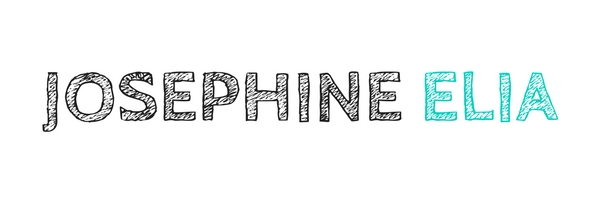My reading journey through Thinking, Fast and Slow, Part 1

I’m thoroughly enjoying my journey through Thinking, Fast and Slow by Daniel Kahneman. This book is a must-read for anyone who cares whether the mechanism by which they think, process information, and synthesize conclusions is valid or not.
Thinking, Fast and Slow is the kind of reading material that sparks fireworks in the readers’ brains. I could not reserve my thoughts only at the end of the book, so this is a first of what I expect will be a series (at least two) of reflections on the chapters.
Among its fascinating chapters—concise chapters I should add (yay)—one of my favorites so far is chapter 7. In this chapter titled “A Machine for Jumping to Conclusions”, Kahneman describes our brain’s tendencies to ignore ambiguities or suppress doubts in the information we are presented with.
One revealing example is the statement “Ann approached the bank.”
Most likely, the image prompted by the statement is a lady with some money business walking toward an edifice we call “banks.” For me, the moment I saw the statement, my mind did not conjure any other image—it was so plain.
Yet, if it was revealed that the statement preceding “Ann approached the bank” was “They were floating gently down the river”, the image would have to change drastically.
What just happened? It turns out that our mind has a mechanism, dubbed System 1 in the book, that likes to jump into conclusion in the absence of a clear context (System 2, on the other hand, is the mechanism responsible for deliberate thinking, logic, and reasoning). When there’s limited information, System 1 likes to generate its own context and is unaware of the ambiguity of the given information. Unless someone had just gone canoeing or read about rivers recently, it was unlikely that that he/she would have automatically applied the river-related meaning to the word ‘bank.’
This is so fascinating to me because it shows how interpretation can reveal more about the interpreter than the facts themselves. I automatically equated the money-related institution to the word ‘bank’ because, well, I’m a 21st century, urban woman who spends more times seeing Chase or Bank of America than canoeing in rivers. Thus my mind did not even search for other possible meaning and resolved the statement accordingly.
But the statement itself provided little information about what it actually meant.
I would admit that when the second statement was given, it disoriented me quite a bit—what was it talking about? I was that unaware of the alternate meaning.
To push it even further, if one insists that the word ‘bank’ means money-bank, he/she would have to get more creative in resolving the coherence between “They were floating gently down the river” and “Ann approached the bank.” Some things need to happen in the middle of the two sentences, and the interpreter would have to insert further speculations when no further information is provided. This may be correct, but without more information, it’s hard to say. It would just be another jump to another conclusion.
What I take from this chapter is that slowing down and suspending judgment is a good idea, especially for high-stake matters. If you don’t slow down, you may not perceive ambiguities and miss the true meaning altogether!


Trackbacks/Pingbacks